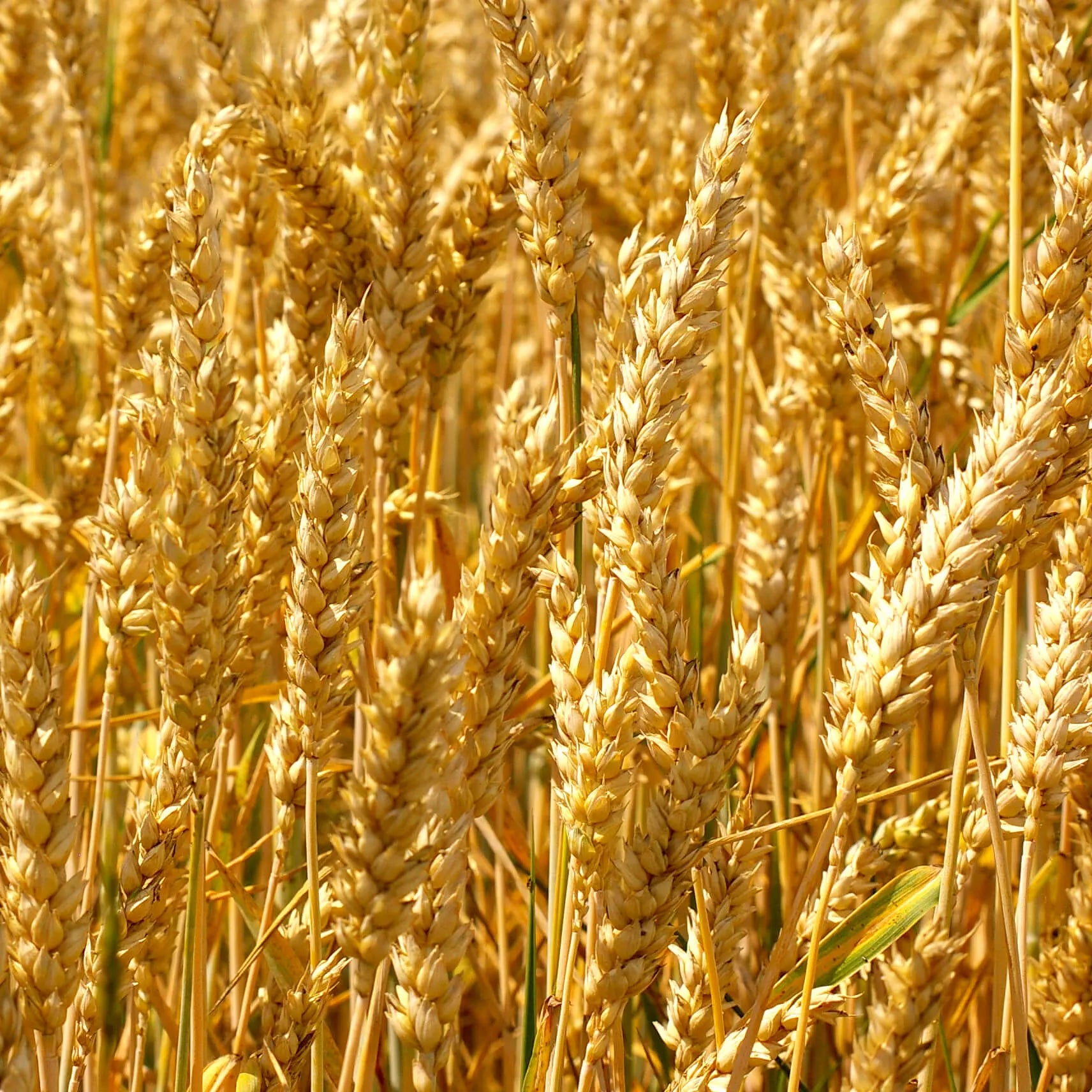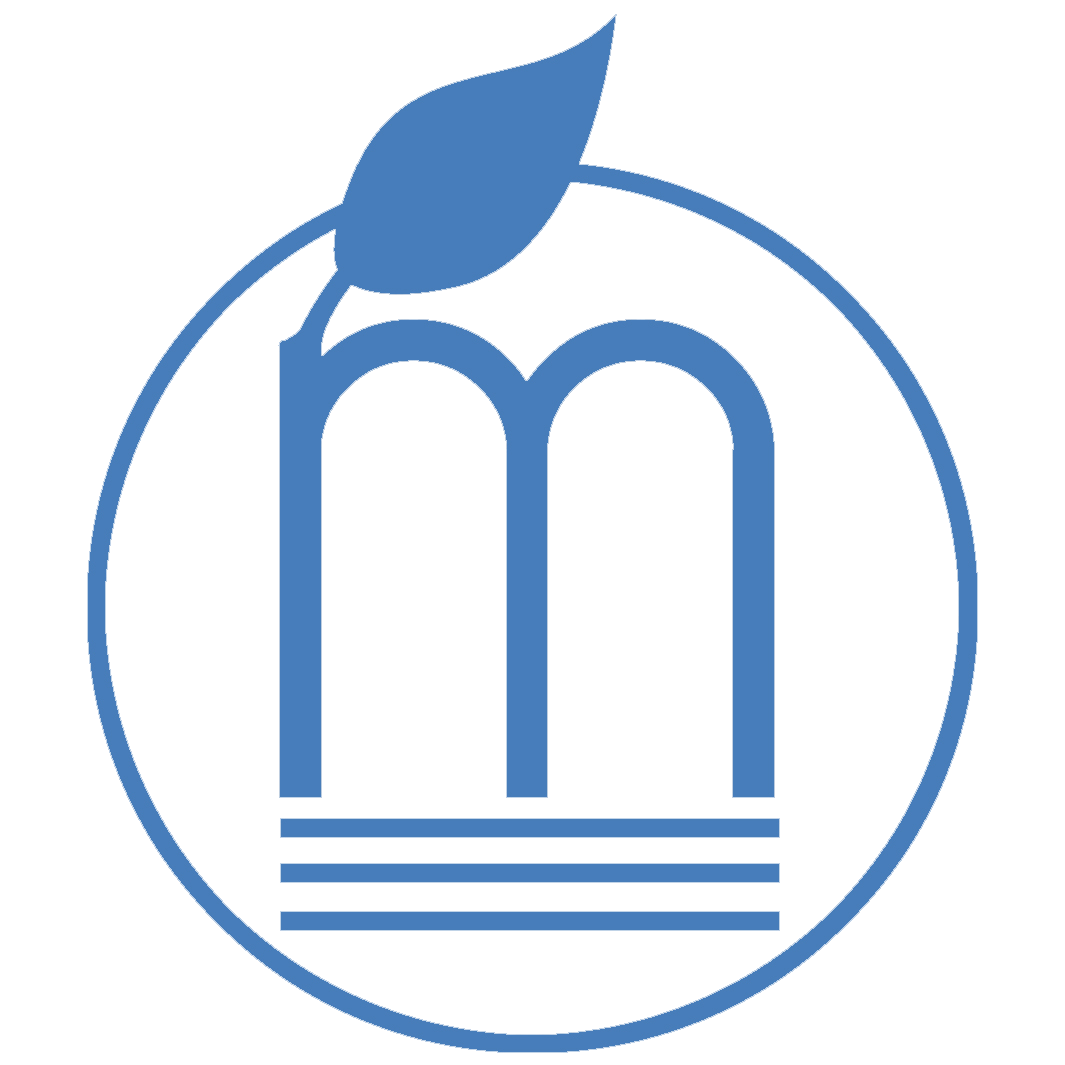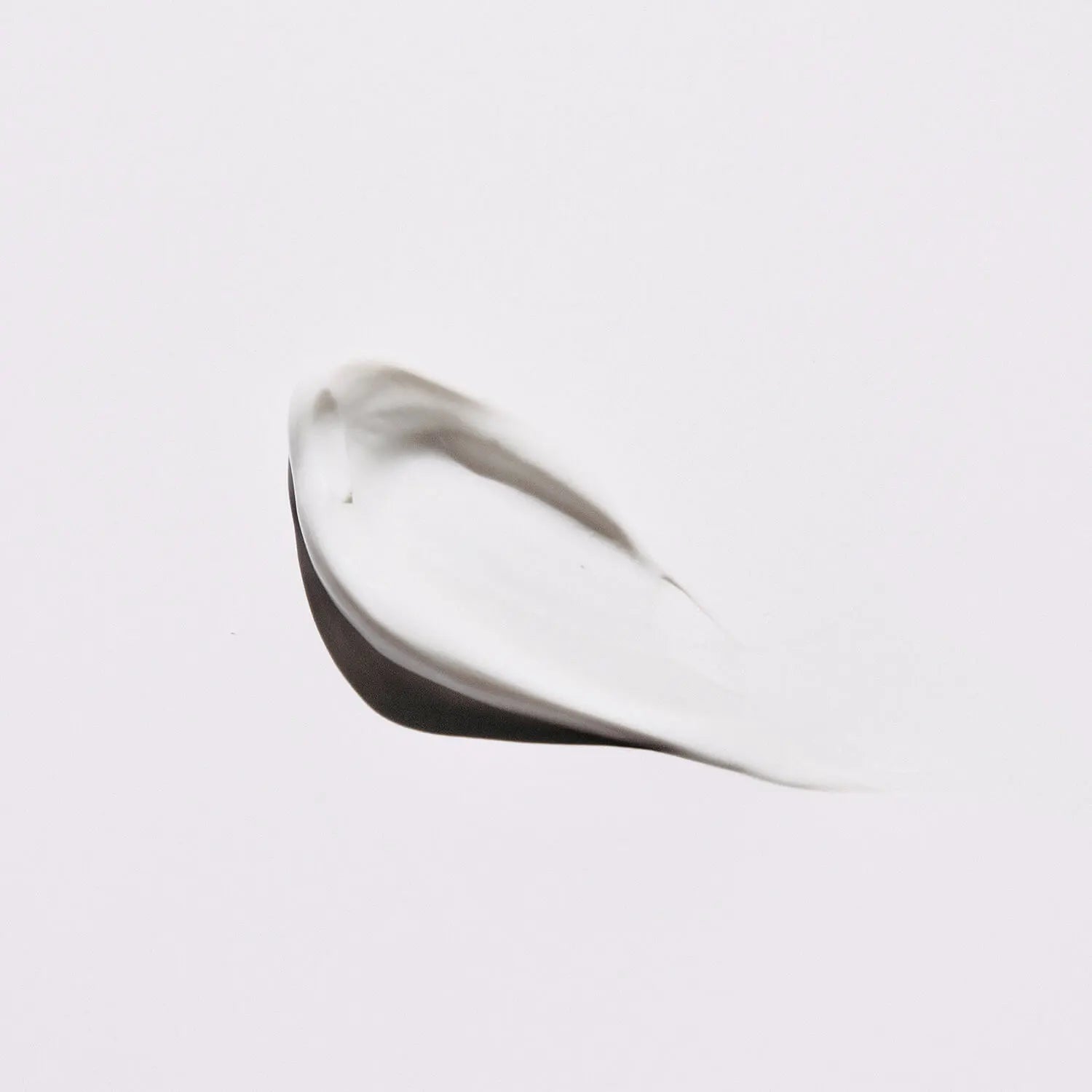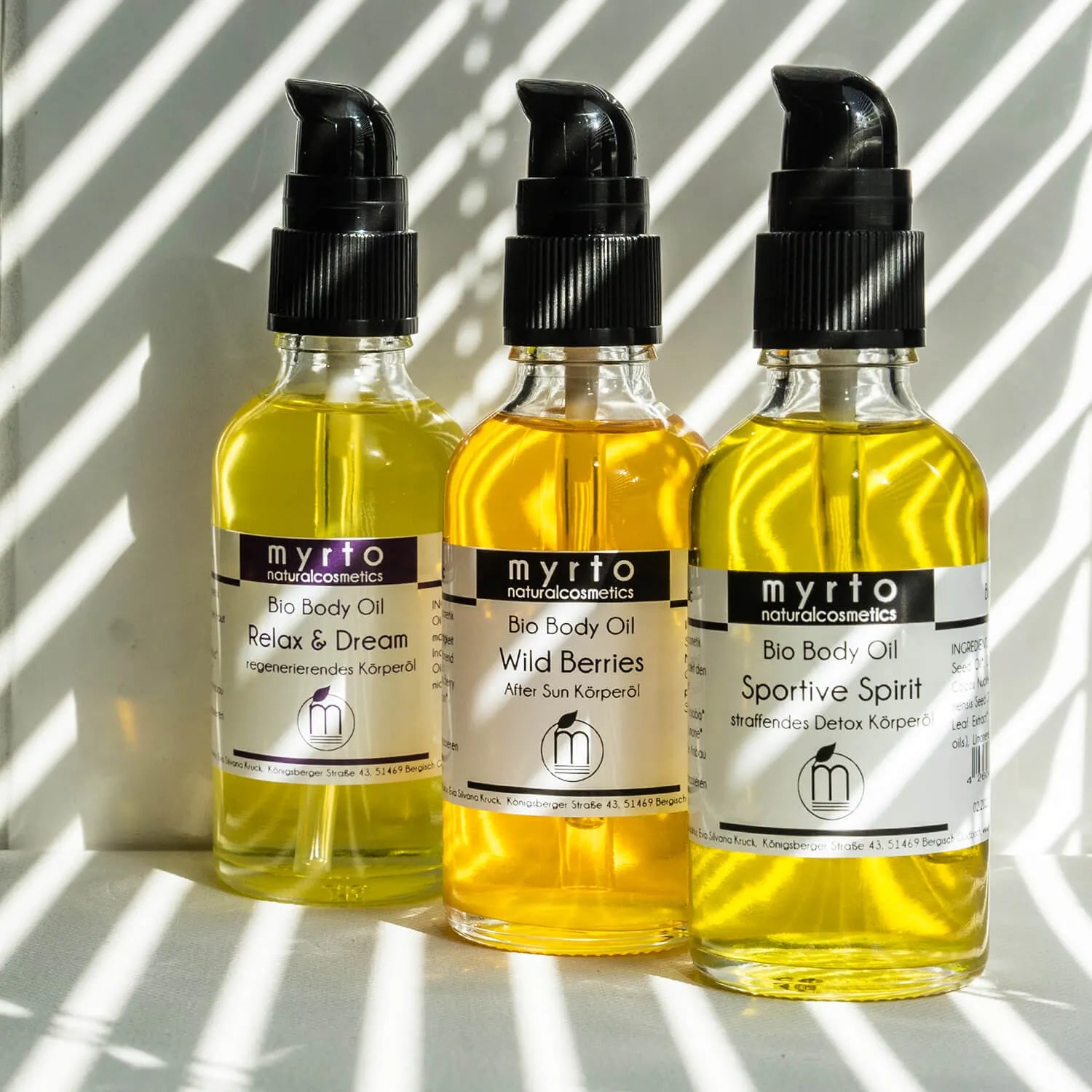
Wheat proteins - Vegetable keratin for strong & healthy hair
Why keratin for hair care?
Keratin is a protein found naturally in the body and a major component of our skin and hair. About 90% of human hair is made up of keratin, which is formed in the hair roots. The remaining 10% is water, pigments that give our hair color, and a natural layer of fatty acids that coats each individual hair fiber.
Keratin is used in hair care because it significantly determines the structure and health of the hair. The fibrous protein keratin, together with the surrounding fatty acid layer, protects the hair from damaging external influences. Keratin ensures that our hair remains elastic, flexible, and resilient.
How is keratin produced?
Keratin in conventional cosmetics is typically derived from animal sources. It is a fibrous protein derived from animals, particularly hair, feathers, wool, or horns. These animal byproducts, usually from sheep, cows, or chickens, contain the keratin, which is then processed for cosmetic applications. During keratin production, the animal material is chemically treated to extract the keratin. It is then purified and refined through various processes.
Why plant-based keratin?
Because keratin comes from animal sources, it is not considered vegan. This is one of the reasons why vegan alternatives such as plant-based keratin (e.g., derived from wheat proteins) are becoming increasingly popular, especially in natural cosmetics. These plant-based alternatives offer similar nourishing and protective properties without relying on animal ingredients.
What are wheat proteins?
Proteins are the essential building blocks of all living organisms and consist of amino acids. They support cell structure and are essential for metabolic processes and the function of enzymes that accelerate biochemical processes. Wheat germ proteins, also known as plant keratin or phytokeratin, are similar to the natural keratin found in hair and skin. This vegan active ingredient is widely used in natural cosmetics and can be found in ingredient lists under the term "hydrolyzed wheat protein." All myrto organic shampoos, conditioners, hair treatments, and finishing sprays contain this valuable ingredient.
How are wheat proteins produced?
Wheat proteins are naturally derived from grains and are biodegradable. Hydrolysis produces a slightly yellowish liquid, which separates the protein from the grain starch and then processes it into a microfine powder. These plant-derived keratins form a thin, elastic, and smoothing film on the outer keratin layer of the hair.
Causes of damaged keratin structure
A keratin deficiency is rare and usually only occurs in cases of severe malnutrition. Common causes of brittle, dull hair include:
- Chemical treatments (perms, bleaching, hair coloring)
- Aggressive shampoos
- Heat styling (straightening iron, curling iron, blow-drying)
- Dry heating air
- Sun exposure, especially in combination with chlorine or salt water
These factors damage the protective fatty layer and cause the underlying keratin to become porous.
How do wheat germ help with damaged hair?
Plant keratin has a variety of effects in hair and scalp care:
- Soothes the scalp and strengthens the skin barrier.
- Protects against moisture loss and coats the hair with a thin film.
- Has an antistatic effect, smoothes porous hair surfaces and makes hair smoother and easier to comb.
- Increases elasticity and resistance to hair breakage.
- Promotes hair fullness and volume when styling.
Wheat germ proteins & gluten intolerance
Gluten is a protein found in grains such as wheat, spelt, and rye. A gluten-free diet is essential for people with gluten intolerance. There is no evidence of health risks with cosmetic products applied externally. Caution is advised only with products that can be ingested orally (e.g., lip balm). Since shampoo does not normally enter the mouth, the use of products containing wheat proteins is not problematic for people with gluten intolerance.



